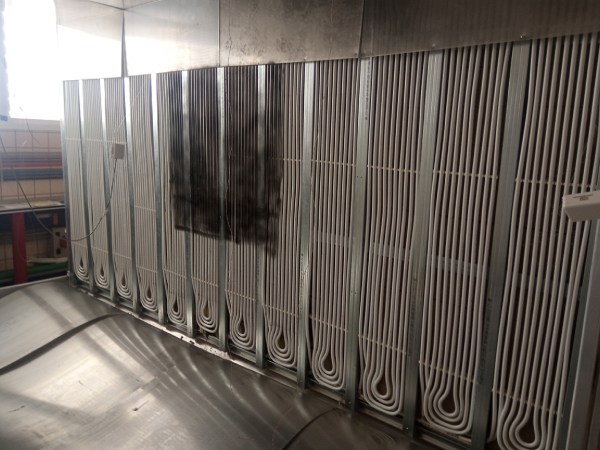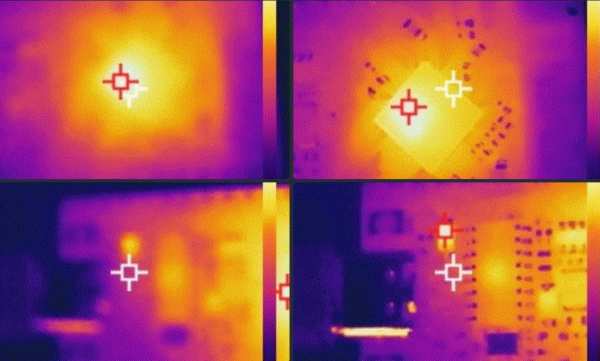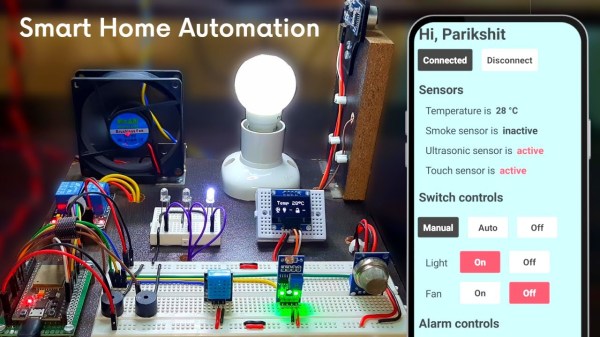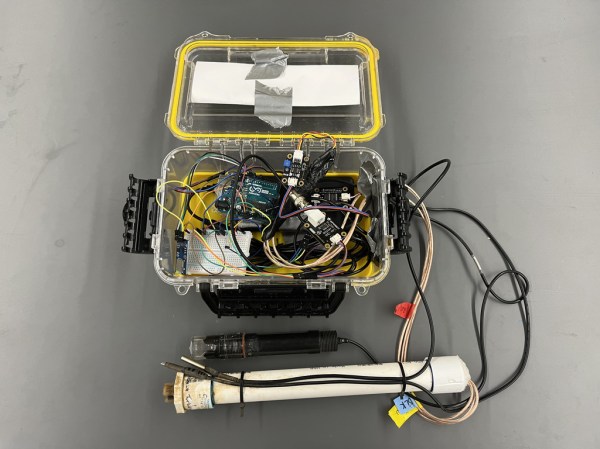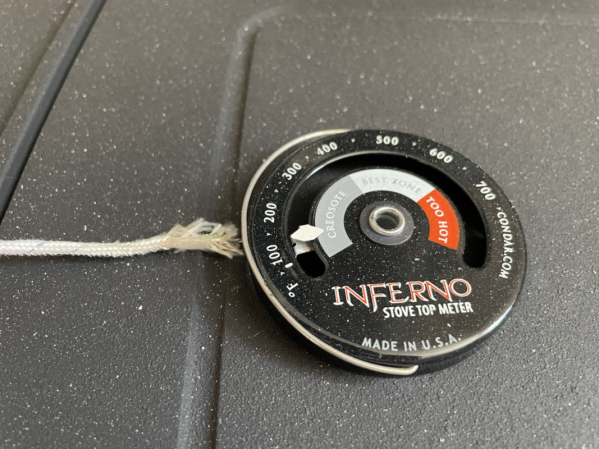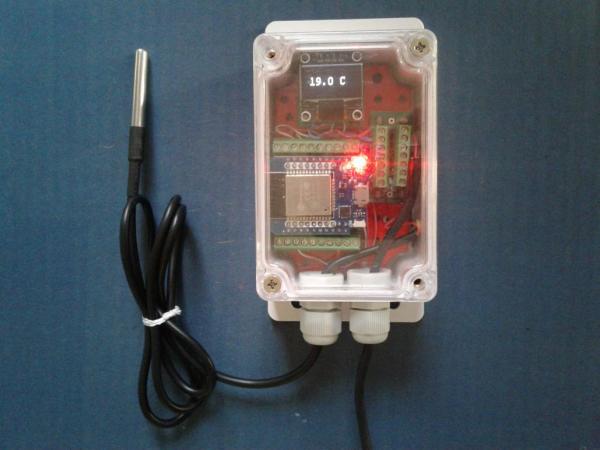If you’ve taken the bus in the summer, you know it can get hot while you wait on your ride, even if there is a roof over the stop. Researchers at the University of Seville have devised a way to keep you cooler while you wait.
As temperatures around the world get warmer due to climate change, keeping cool in the summer is increasingly not just a matter of comfort. For the prototype in a climate-controlled chamber, 500L of water were cooled with a chiller and used as a thermal reservoir to reduce temps in the bus stop during the day. Pumps circulate the water through panels when a rider approaches the stop, cooling the space by ~8˚C (~14˚F) over a 20 minute period. Pumps for the system and lighting for the stop will be powered via solar panels and keep the system self-contained.
The amount of cooling offered by the system can be controlled by the flow rate of the water. The researchers plan to use Falling-Film radiant cooling in the outdoor version to replace the chiller to cool the water at night. They also say the system can be used for radiant heating in the winter, so it isn’t just for hot climates.
If you want to know how to survive a wet bulb event or want a better way to determine your bus route, we’ve got you covered there too.
[via Electrek]

